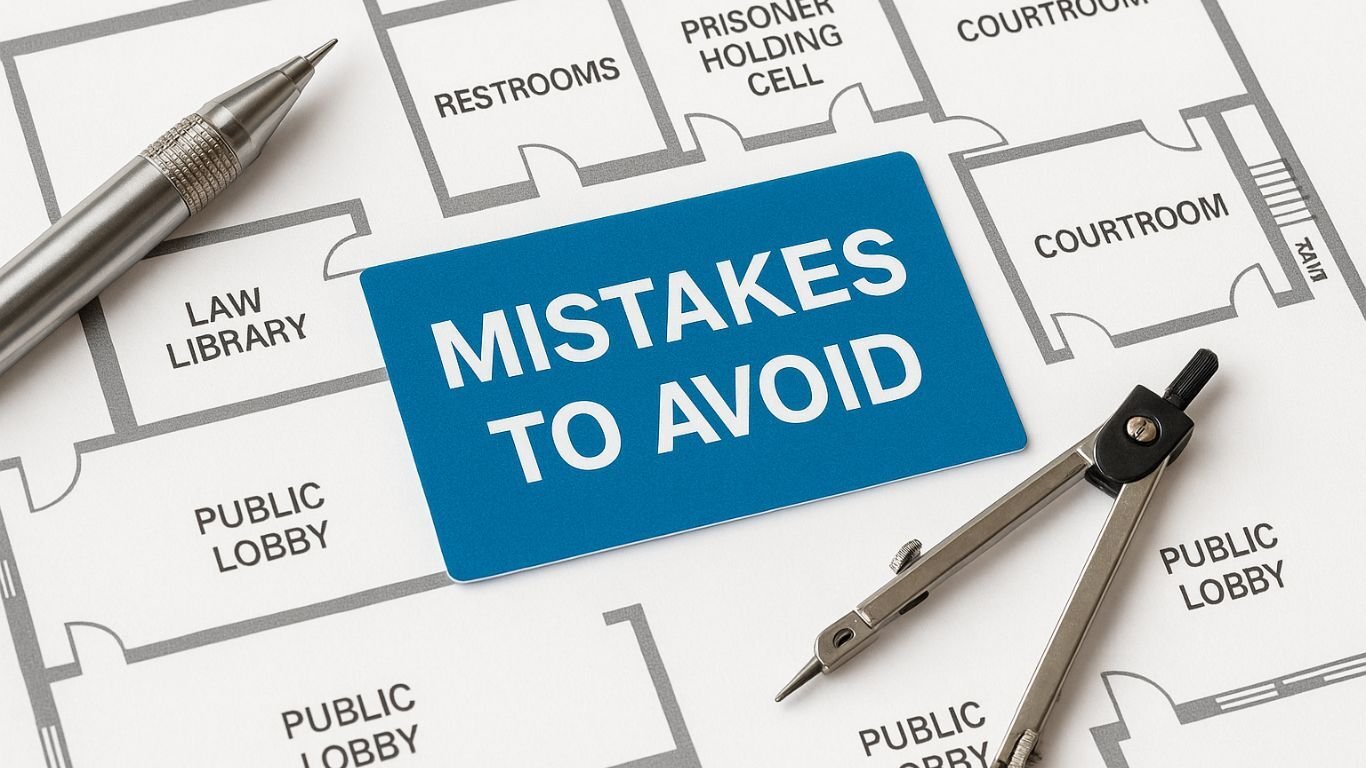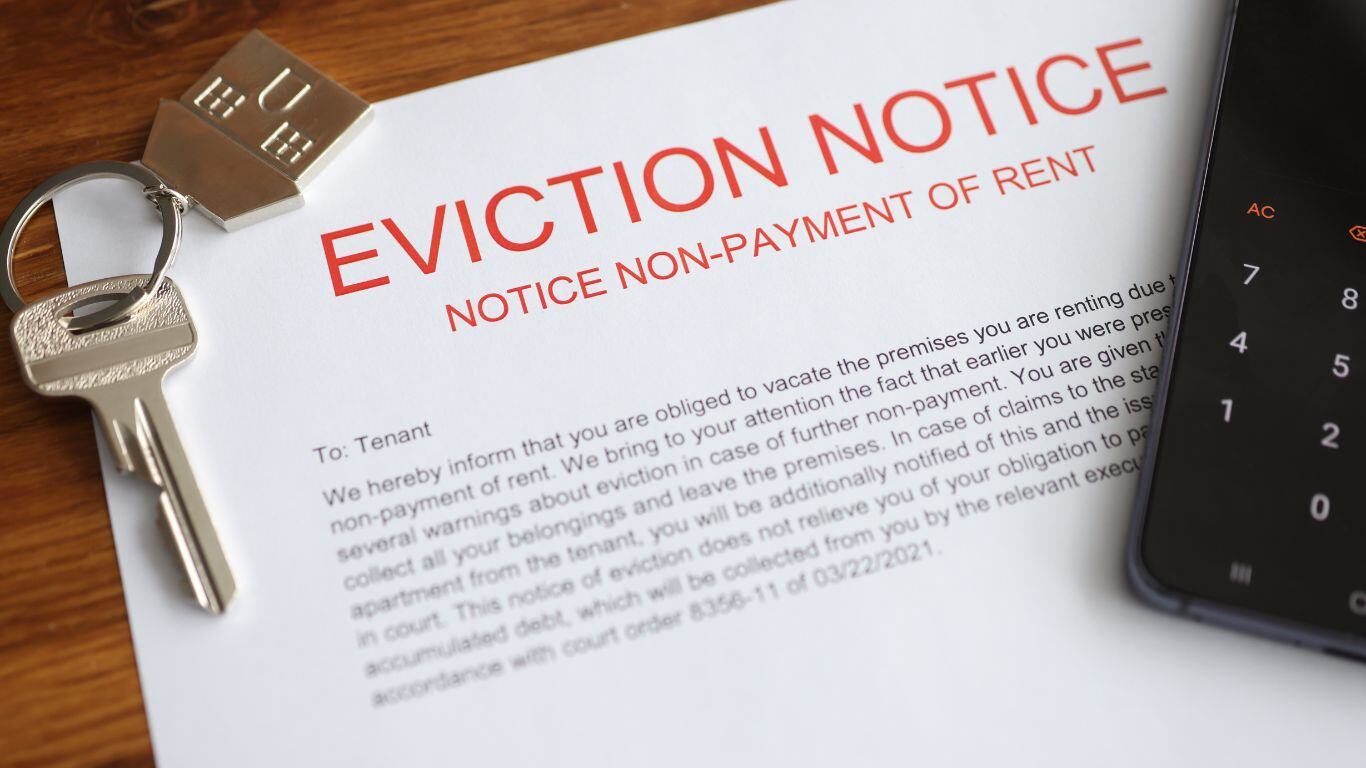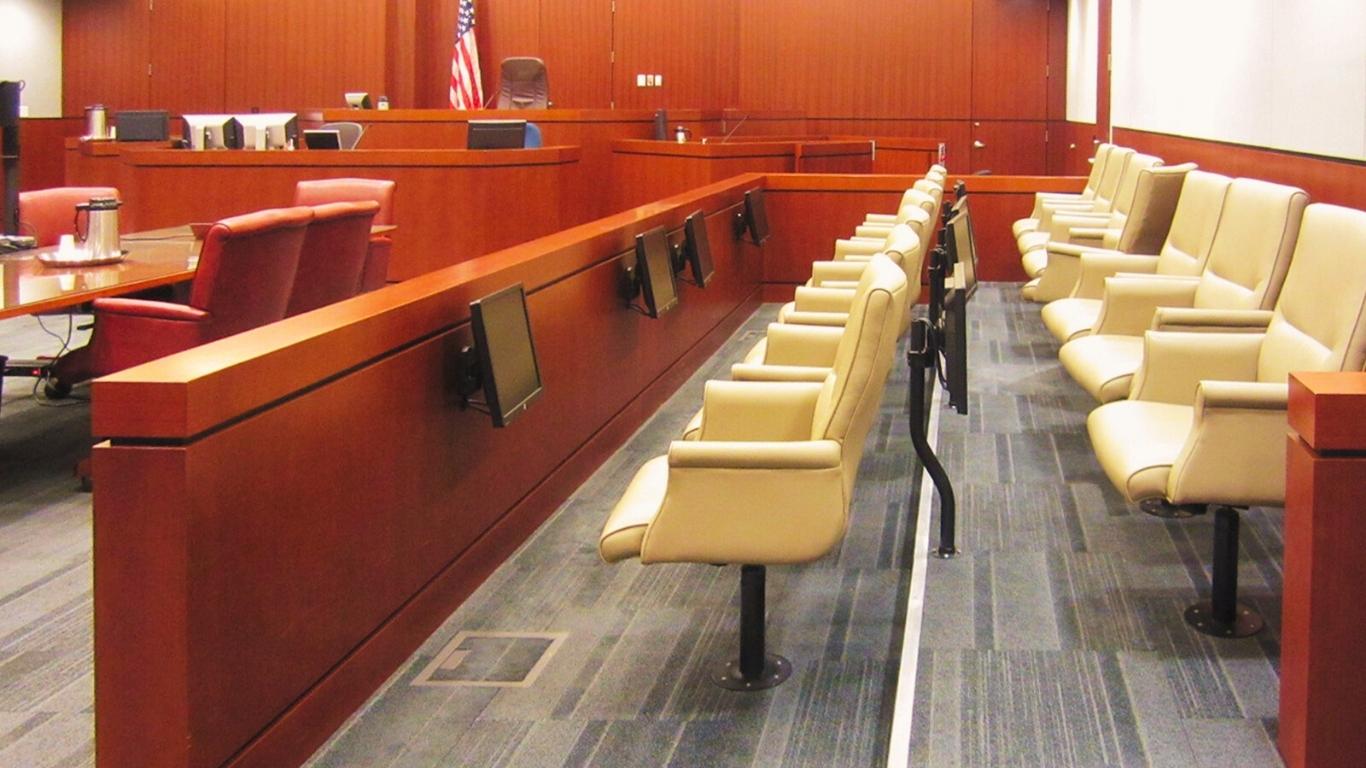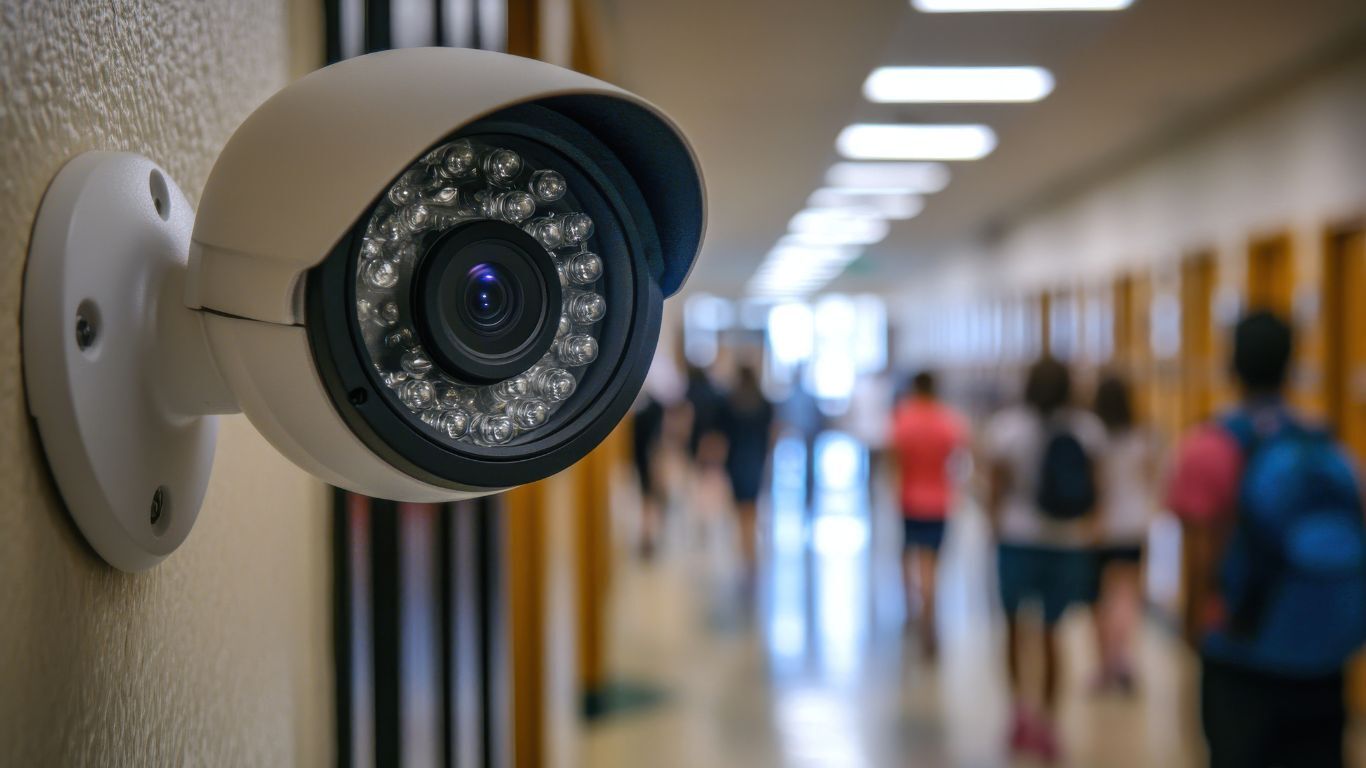This article looks at how assisting pro se litigants helps the many individuals who decide to pursue this path and can help improve the clerk of court’s functional efficiency—and maybe even solve some space problems when courthouse planning.
Definition of pro se
The term pro se is derived from Latin and means "for oneself." In the judicial system, pro se means advocating on one's own behalf before a court rather than being represented by a lawyer. This may occur in any civil court proceeding, whether an individual is the defendant or the plaintiff. Prose representation may also be used when an individual is a defendant in a criminal case. Corporate entities are not permitted by law to act in a pro se capacity.
Financial limitations
During each of the five years I spent as an undergraduate and graduate student at the University of Baltimore, I worked part-time in a county court clerk’s office as a deputy clerk in the civil/family law section. What surprised me was that while I was hired to perform the essential functions of a clerk, such as processing paperwork and scheduling court dates, I spent about 80% of each day helping financially strapped pro se litigants either on the phone or in person. According to a 2010 report by the American Bar Association’s Coalition for Justice, which surveyed over 900 state trial judges, 60% of the judges stated that attorneys were representing fewer parties, 37% indicated that they had not seen any change in the level of representation, and only 3% reported that representation had increased.
Legal limitations
Court employees are prohibited from dispensing legal advice or assistance in any court jurisdiction throughout the United States. Although this practice is intended to benefit the litigant, it is often misunderstood and considered an unwillingness to help by the court. This was often frustrating for both me and the pro se litigant. For me, it was a feeling of helplessness and the concern that I was being viewed as a bad person. For the pro se litigant, it was a sense of being further disadvantaged due to financial limitations.
The impact on staff
Based on my experience in a clerk’s office, serving pro se litigants creates several significant challenges for the courts. Pro-se filers and pro-se respondents require a disproportionately high amount of staff time. In addition to all the time I spent at the counter and on the phone with these individuals, I often received paperwork that had to be returned because it was incomplete, illegible, or simply incorrect.
Unfortunately, due to the increase in pro se litigants, not just the clerk's office faced challenges. The judges’ staff received frequent phone calls and mail seeking answers that could not be provided. Judges often had to spend extra time on the bench and extend the proceedings when pro se litigants were involved in a case, and court security personnel had to deal with increased foot traffic.
The impact on space
Two years after I was initially hired, my office experienced such an increase in pro se traffic that we needed to add three additional clerks to handle the extra work.
Additionally, I found that most pro se filers did not file electronically. As a result, the file room was overburdened by an accumulation of filed and re-filed documents. The relatively small intake area became even more congested when we had to add additional copy machines to accommodate the increased pro se traffic.
We recently posted two articles, Take Out the Intake Area and Space: The File Frontier, about the positive impact of electronic case filing (ECF) on reducing space requirements in the clerk’s office file rooms and intake areas. To fully optimize this opportunity for reduction in file room and intake area space and to avoid overcrowding in the clerk’s office due to the need for extra clerks, pro se filers must be helped in a way that recognizes their financial limitations yet does not cross the boundaries of the court providing direct legal advice.
Solutions
I have often thought that my job (as well as the judges, judges’ chambers staff, etc.) would have been much easier if the court had offered some assistance to pro se litigants when I worked at the clerk’s office. Interestingly, I recently spoke to a previous co-worker in the clerk’s office who told me how much has changed since the court started offering more programs to help pro se litigants.
Court jurisdictions across the country that have seen a sharp rise in the number of pro se litigants have realized that pro se support can offer much-needed assistance to pro se litigants while simultaneously solving some of the court’s problems I described above.
As a court analyst, I often travel to courts around the country to consult with them about operational requirements. From these interactions, I have discovered that there are currently different levels of pro se support, ranging from reference areas in the clerk’s office to pro se assistance centers run by attorneys. The level of support needed would depend on the court's size and the percentage of pro se litigants. What works well for one court may not be suitable for another.
At one end of the spectrum, a courthouse I visited in a large city contained a pro se resource center run by a non-profit attorneys’ group. Several volunteer lawyers were available to assist with strategizing, document drafting, and procedural guidance. This resource center is depicted in the following plan.
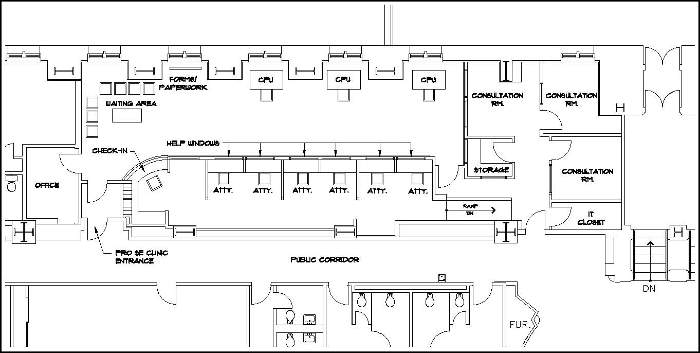
The court where I previously worked now has a walk-in center where an attorney is available to help with completing court forms, obtaining information on how to file court documents, assistance preparing for court, assistance preparing for mediation, and understanding court documents. That has worked incredibly well for the pro se litigants and the court. Not only has the center provided legal help for people who must represent themselves for financial limitations, but there is also considerably less pro se traffic through the clerk’s office. When I worked there, our clerk’s office only had a stack of instruction packets and reading materials for pro se litigants – clearly not enough for our pro se clientele.
All courts can benefit from offering some level of pro se assistance. The most significant advantages are:
- reduced clerk’s staff time
- fewer delays in case processing
- reduced paperwork and file storage requirements
- less foot traffic in the clerk’s office intake area and in the courthouse in general (which is beneficial from a security standpoint as well)
- greater public satisfaction with the court system
In the end, it is all about serving the public.
Finally, and perhaps most importantly, offering assistance to pro se filers helps level the playing field a little for those who cannot afford legal representation. This is no slight improvement.




